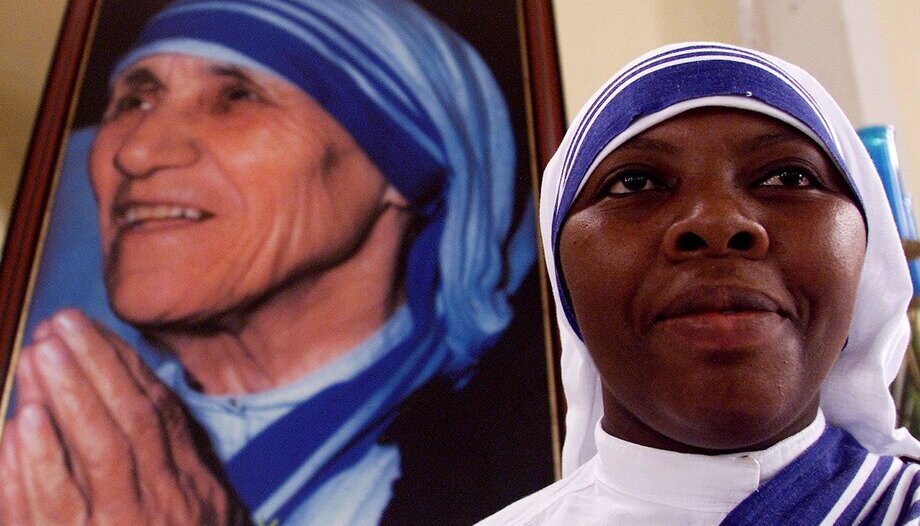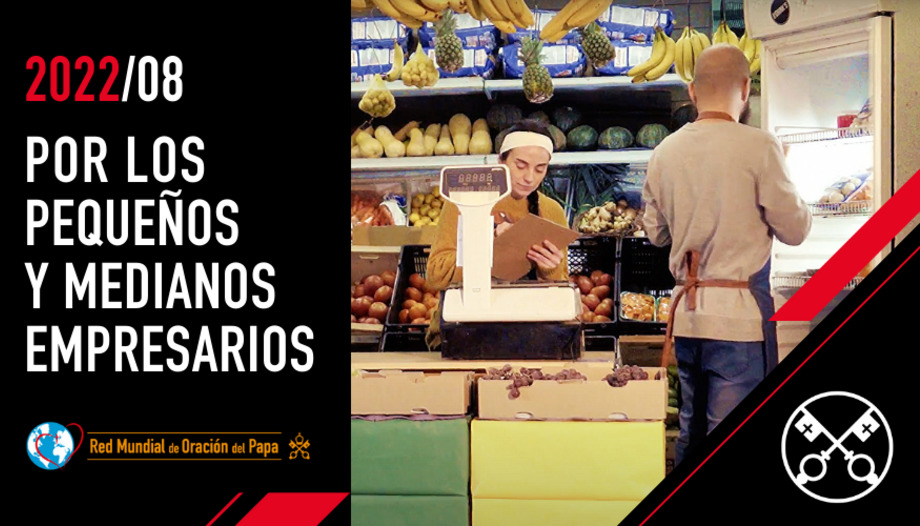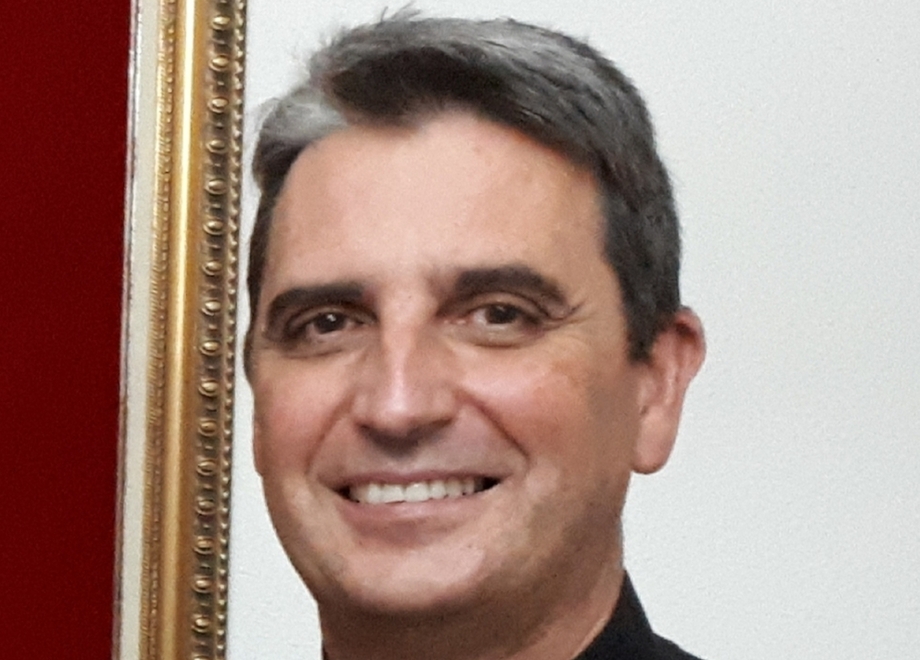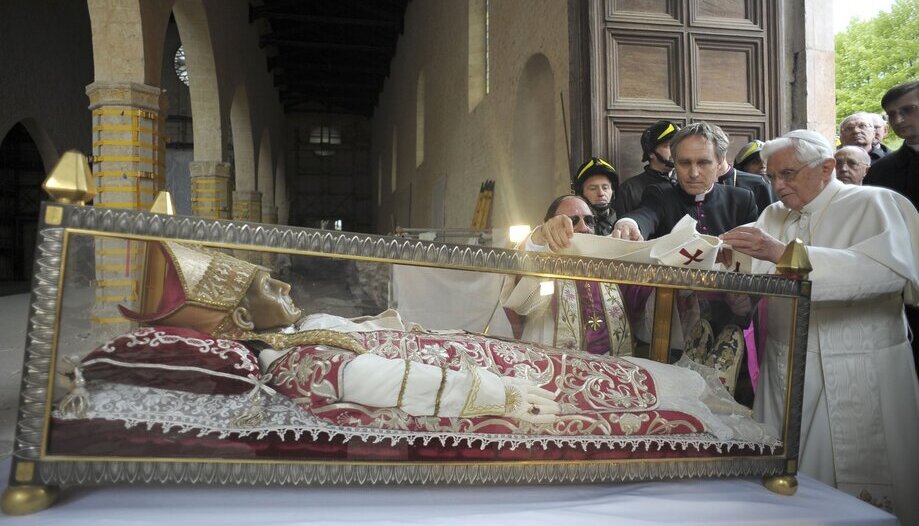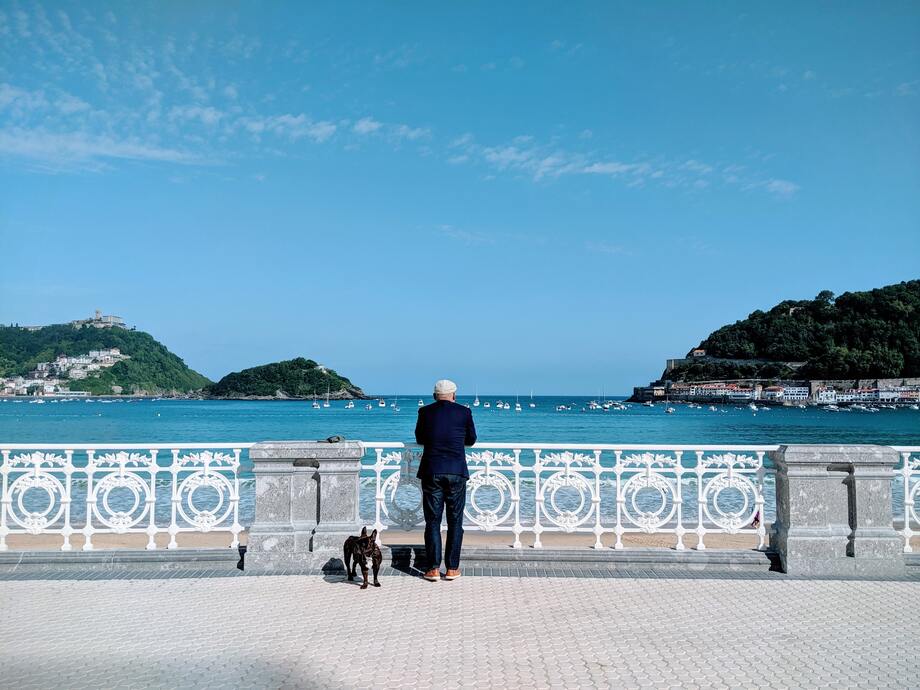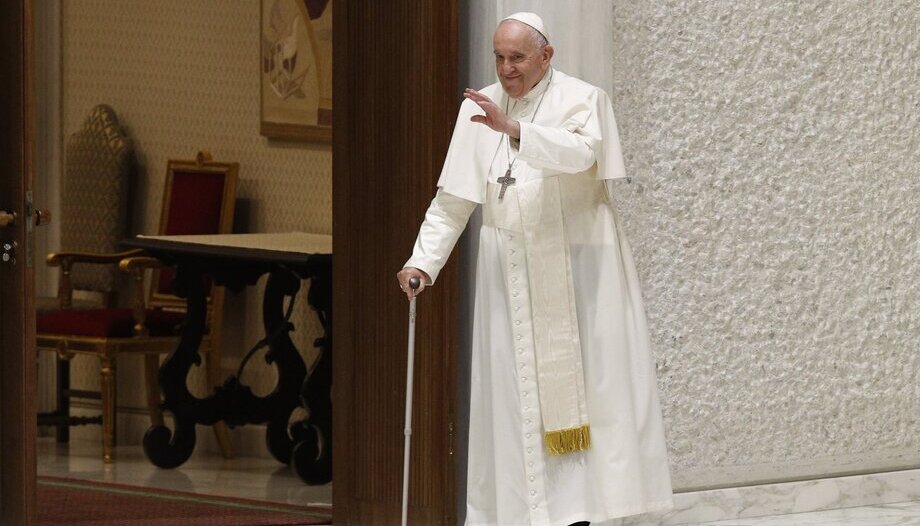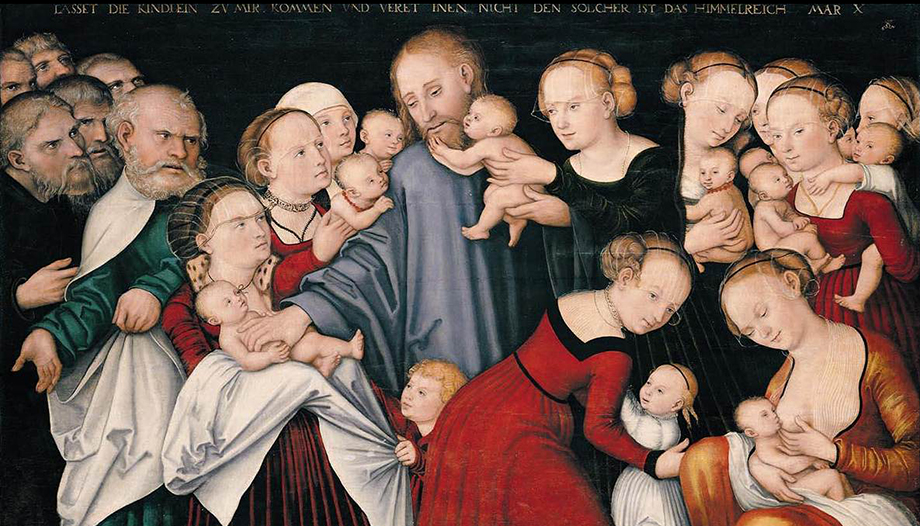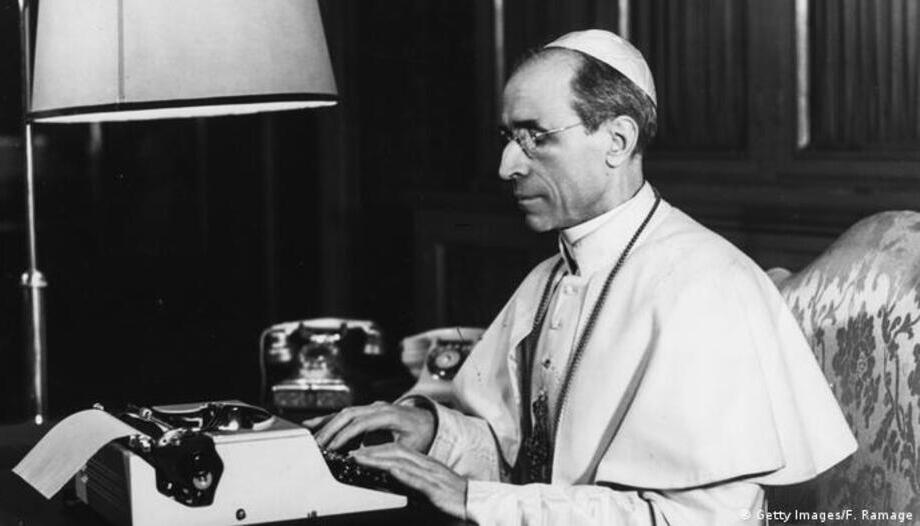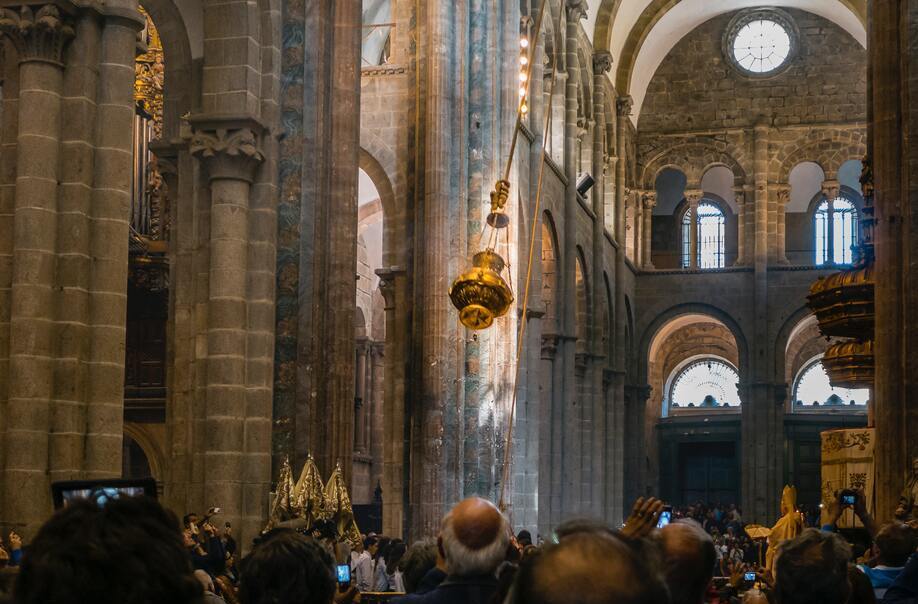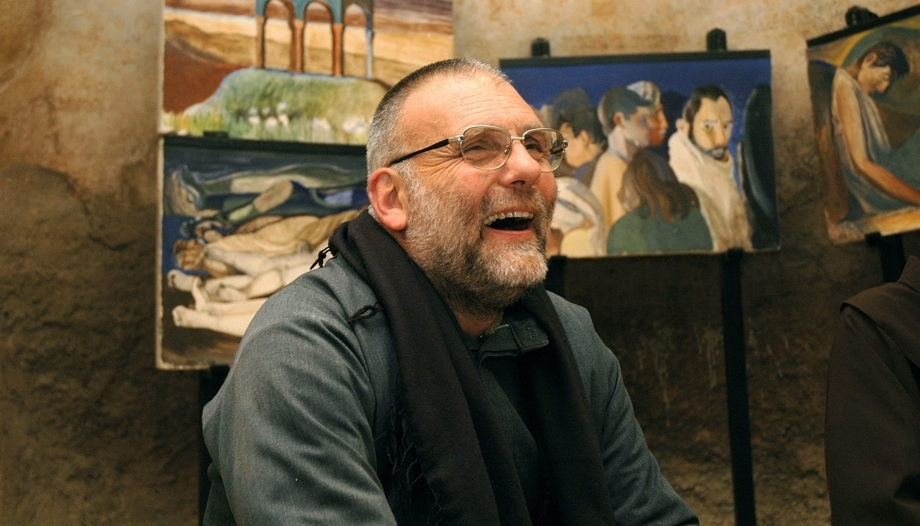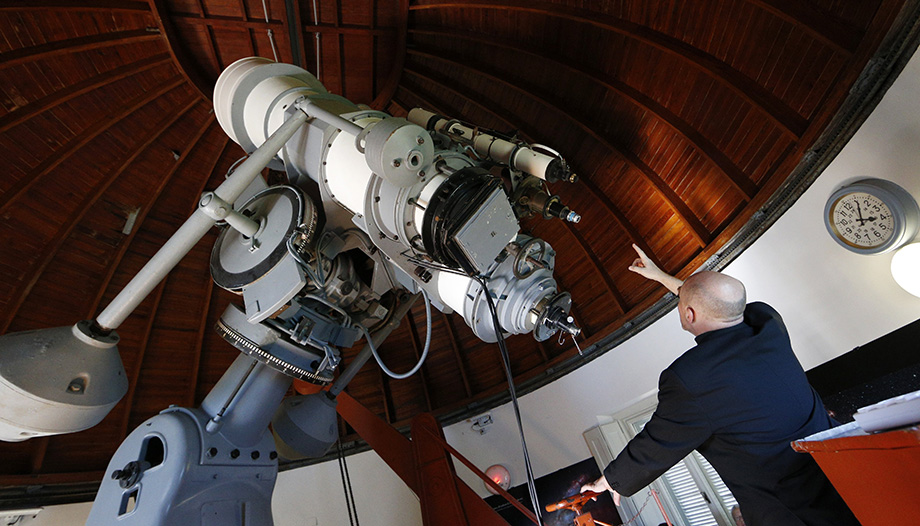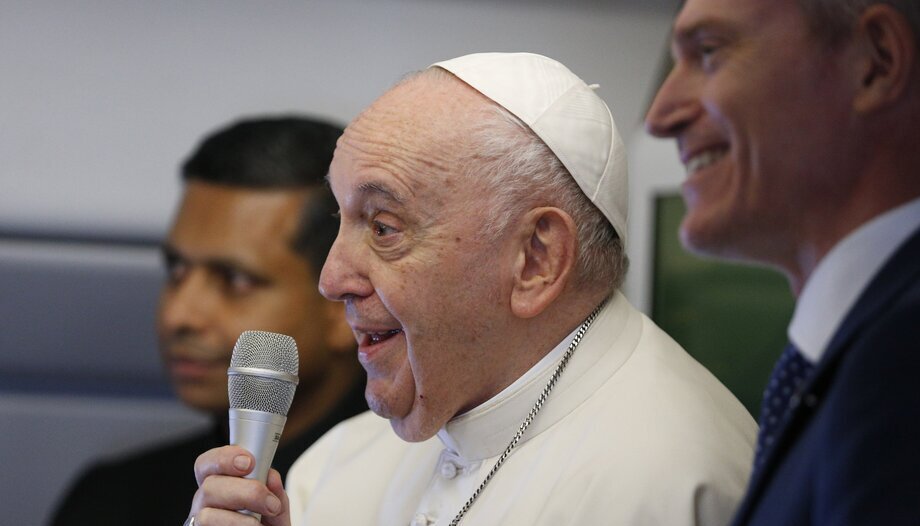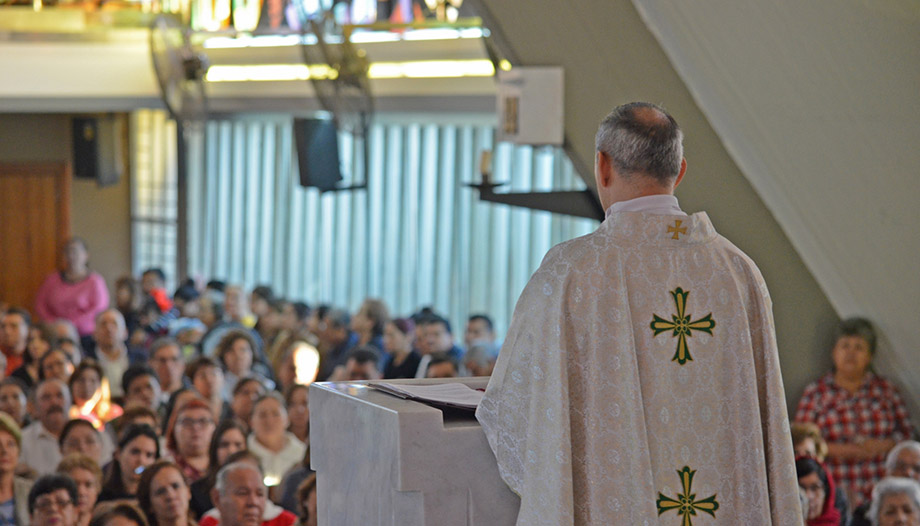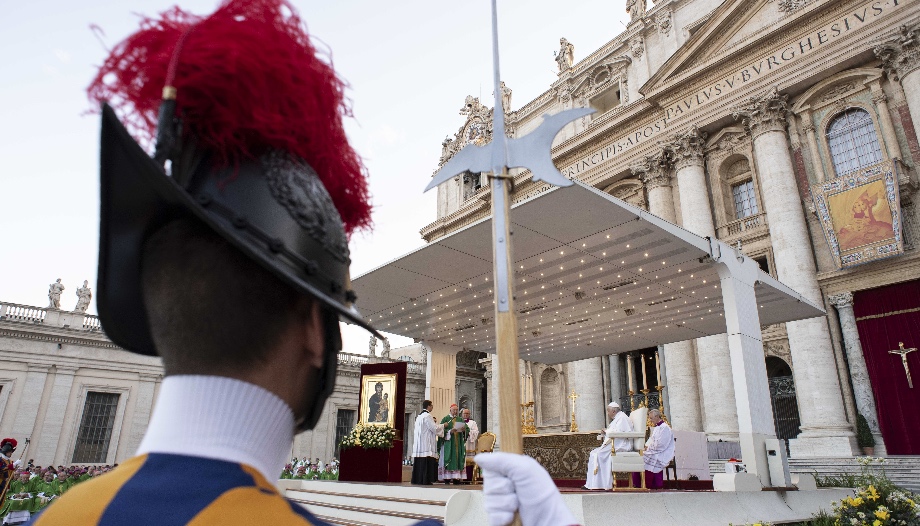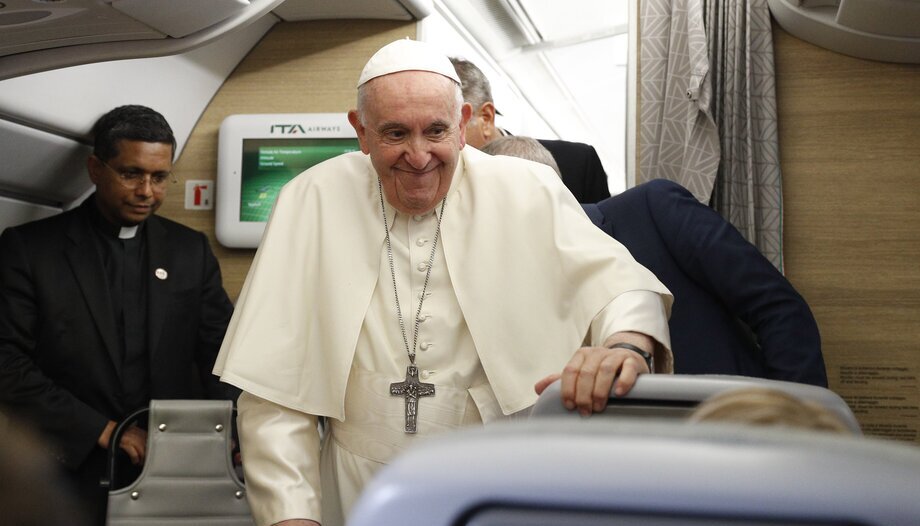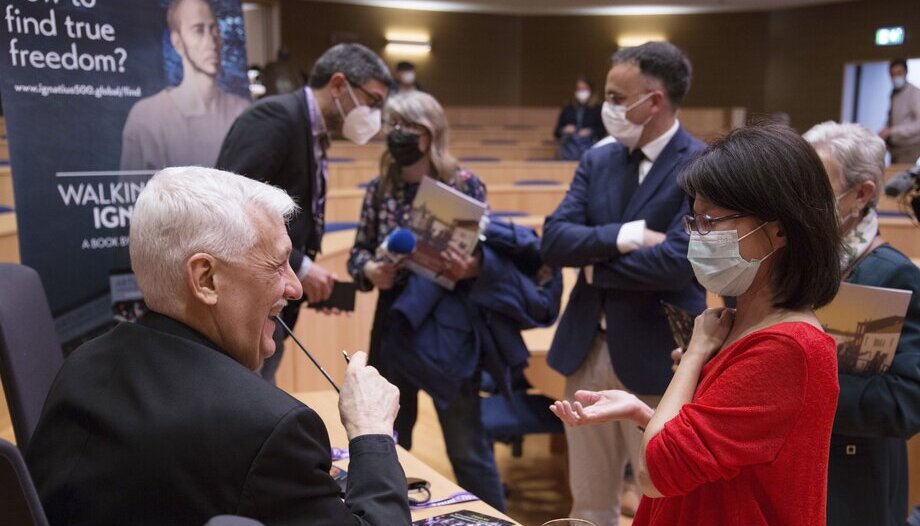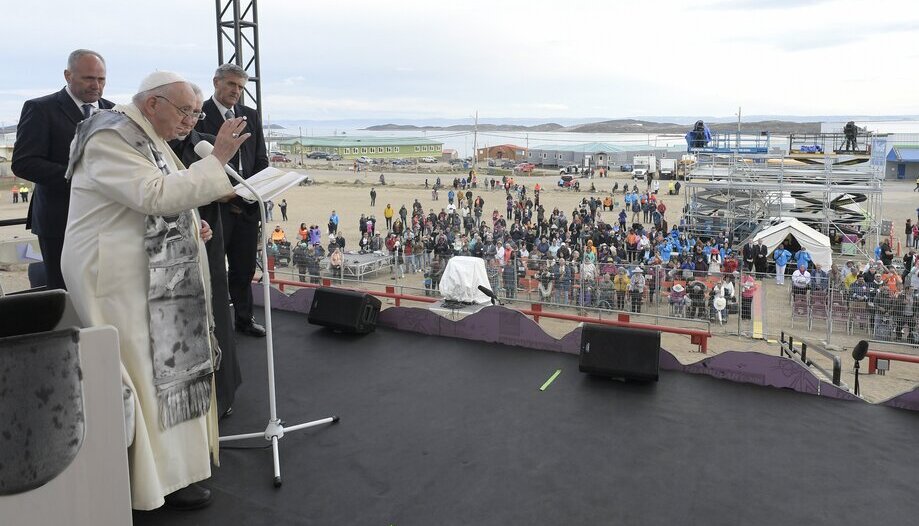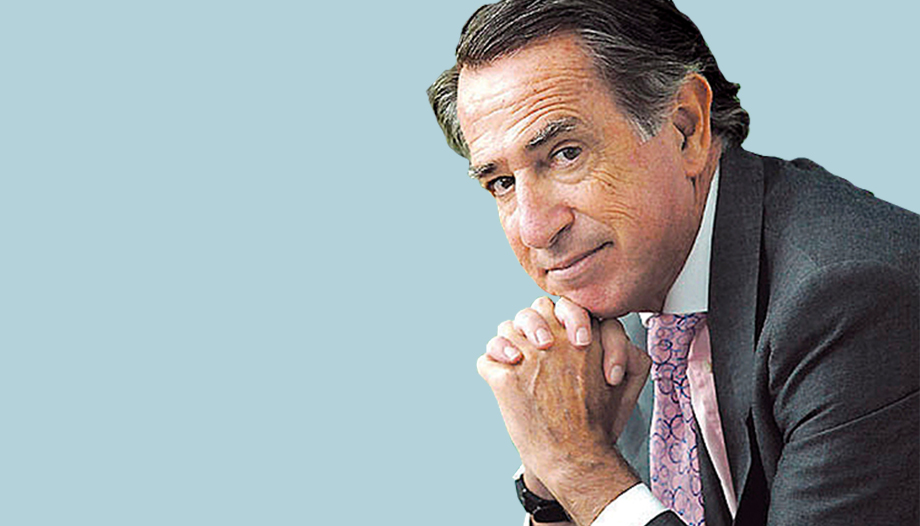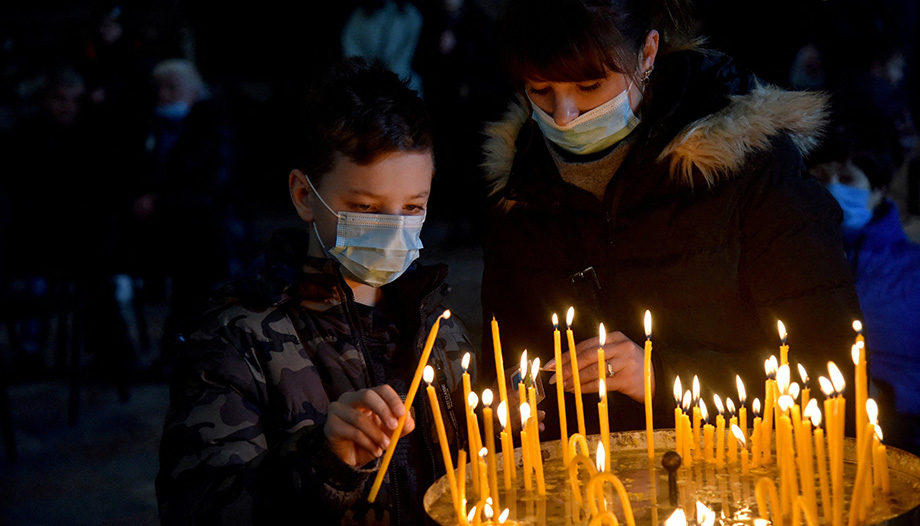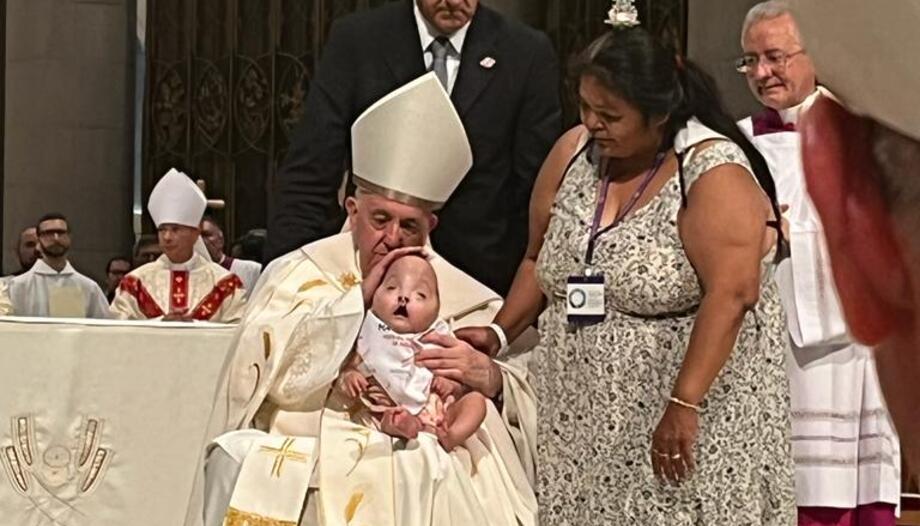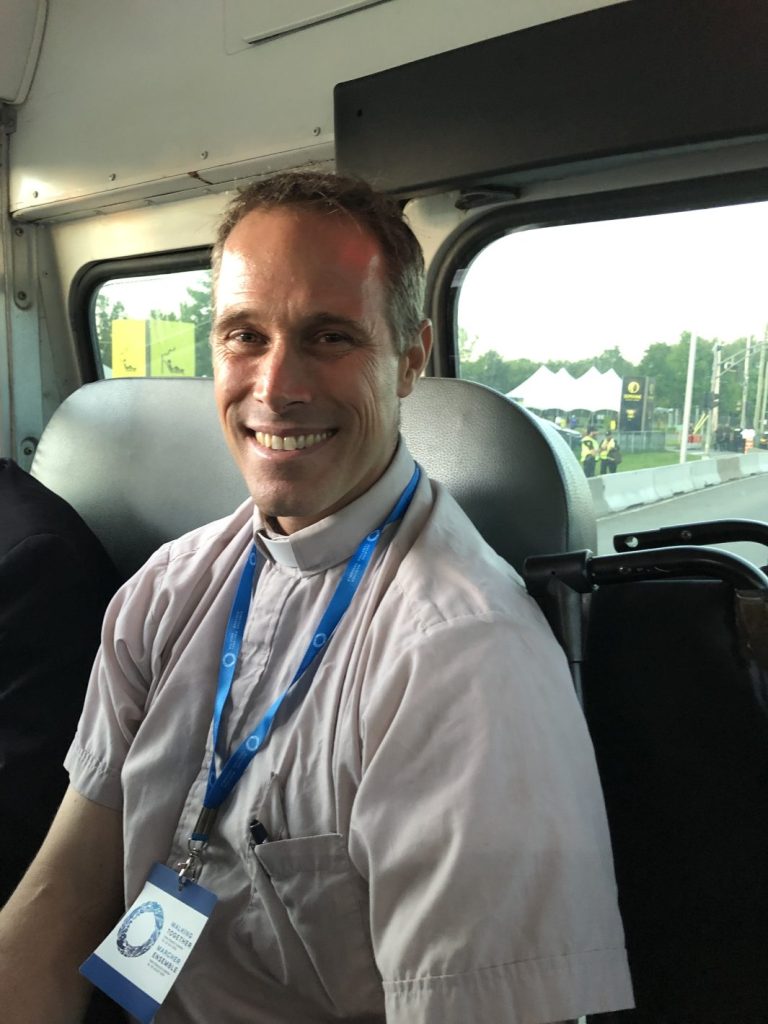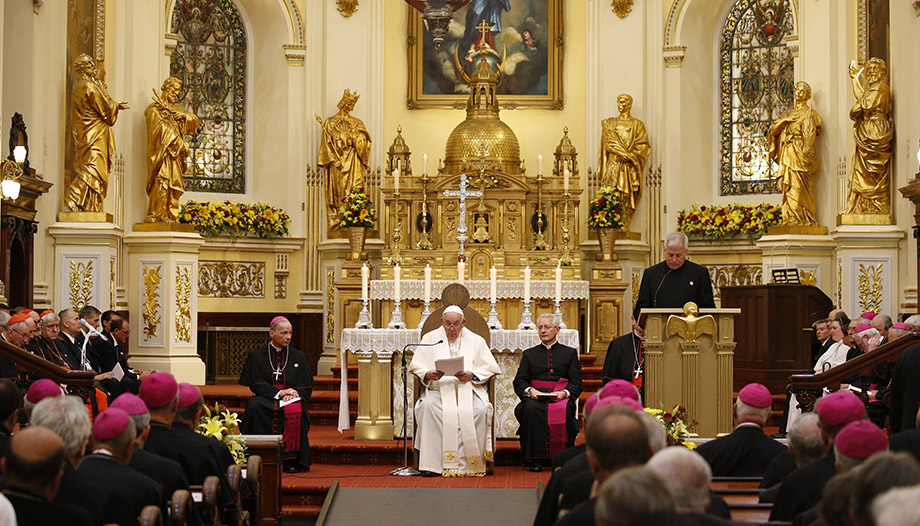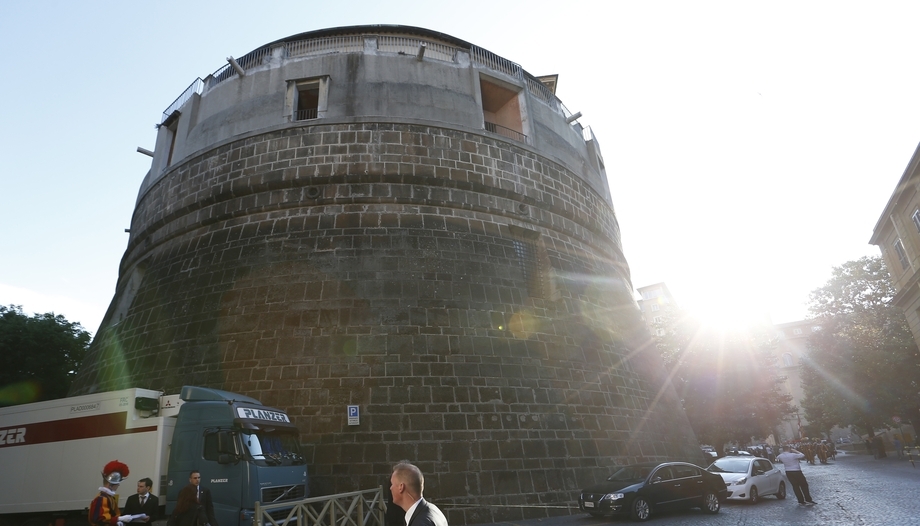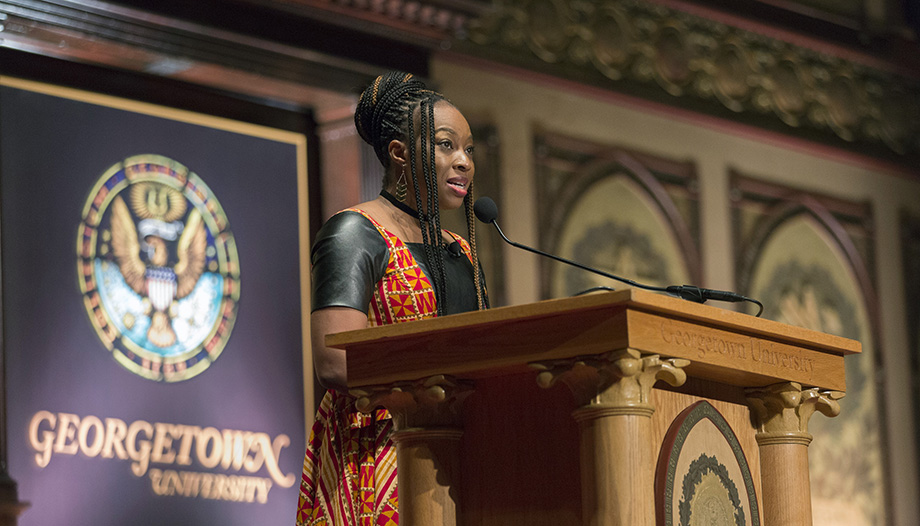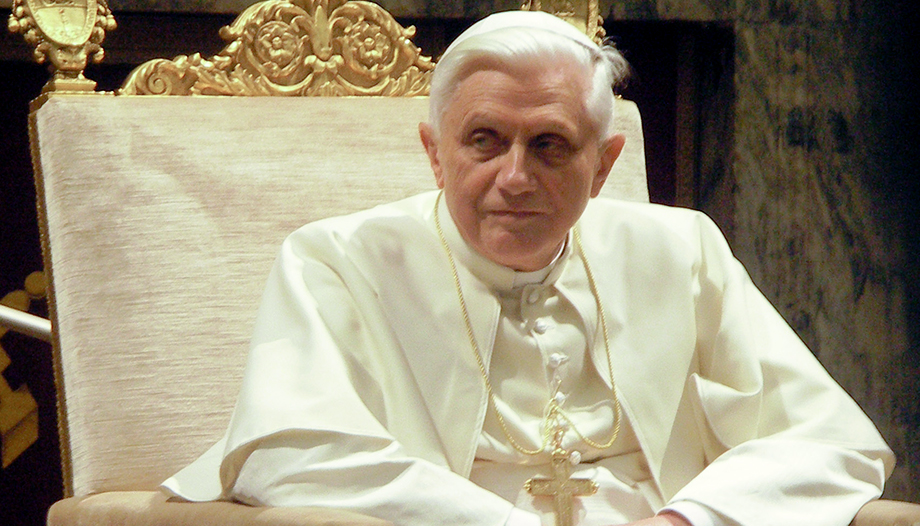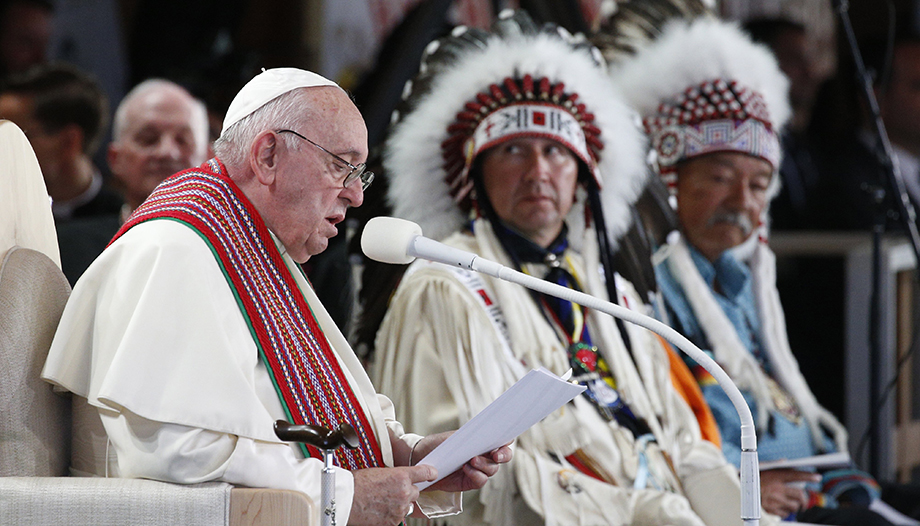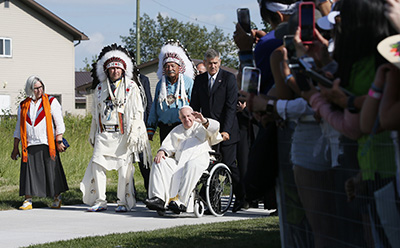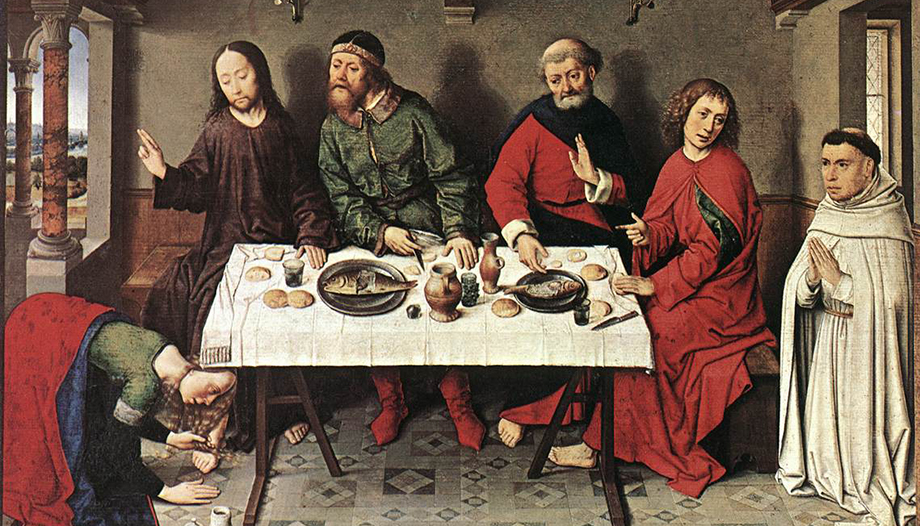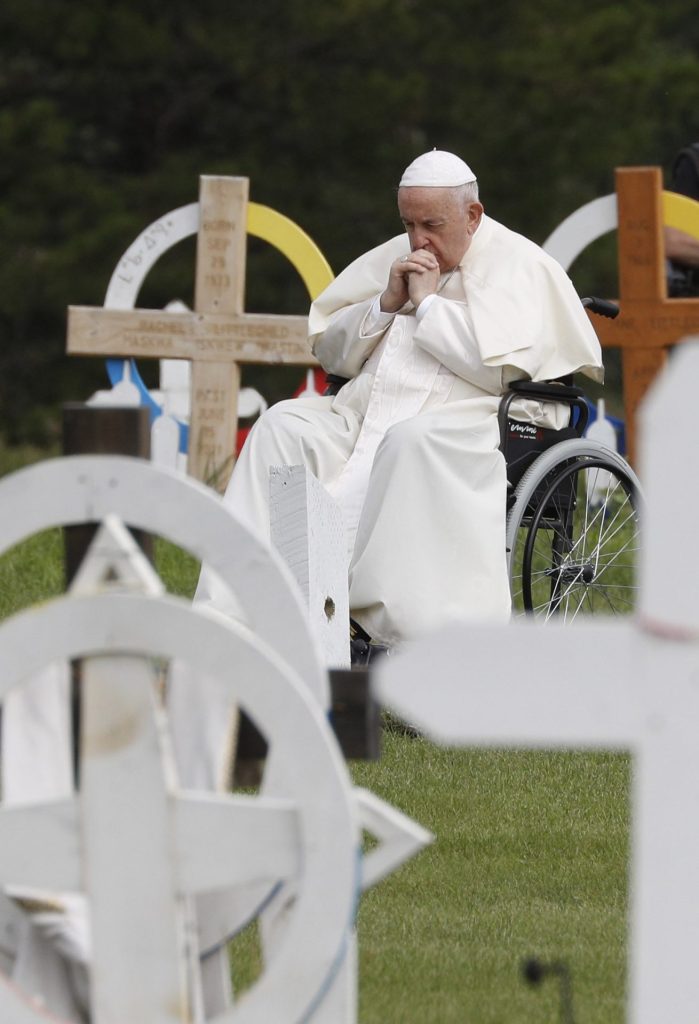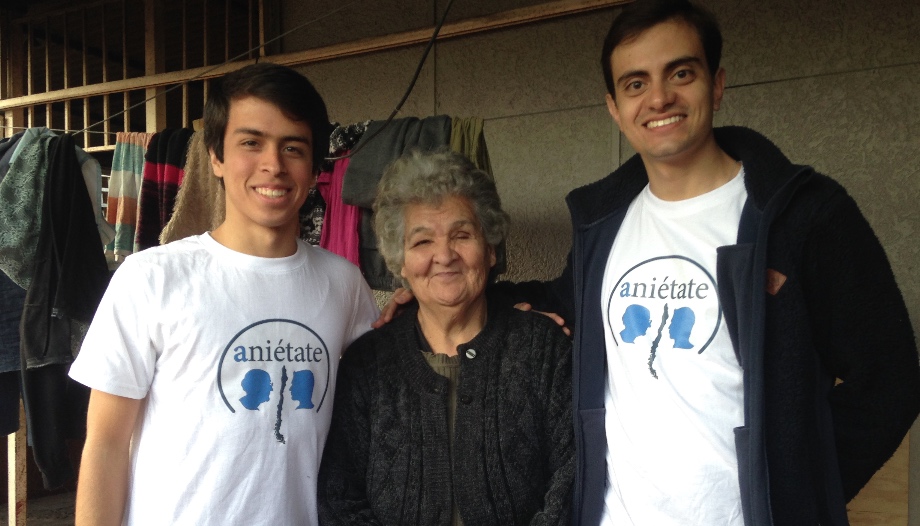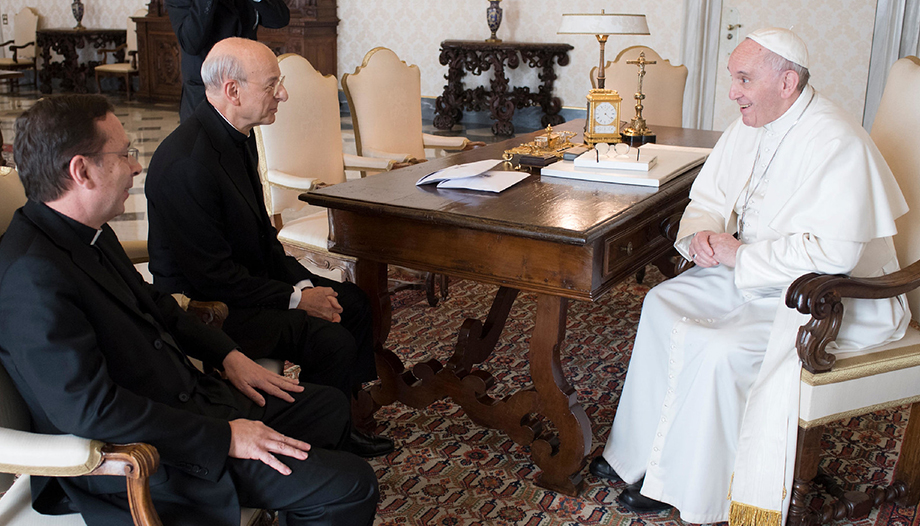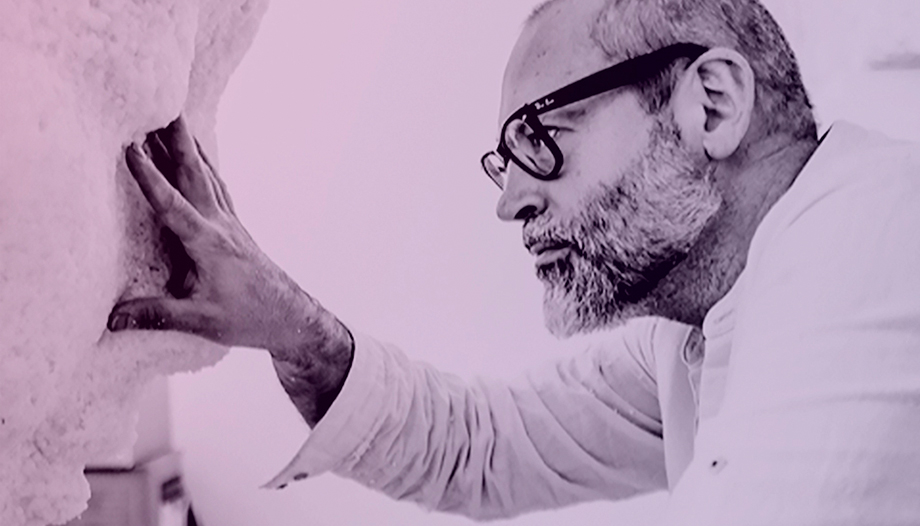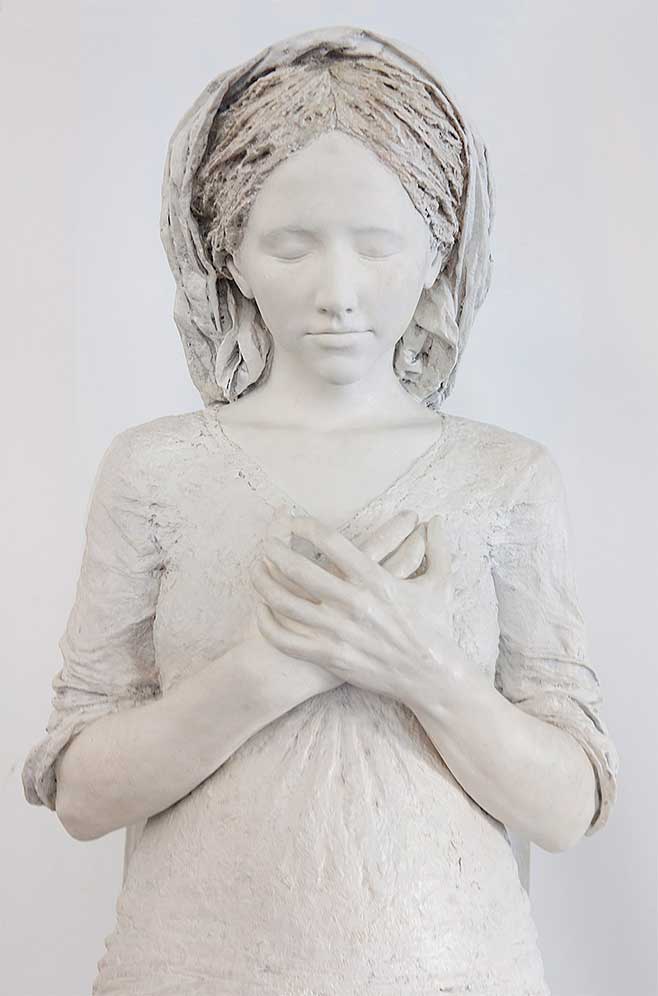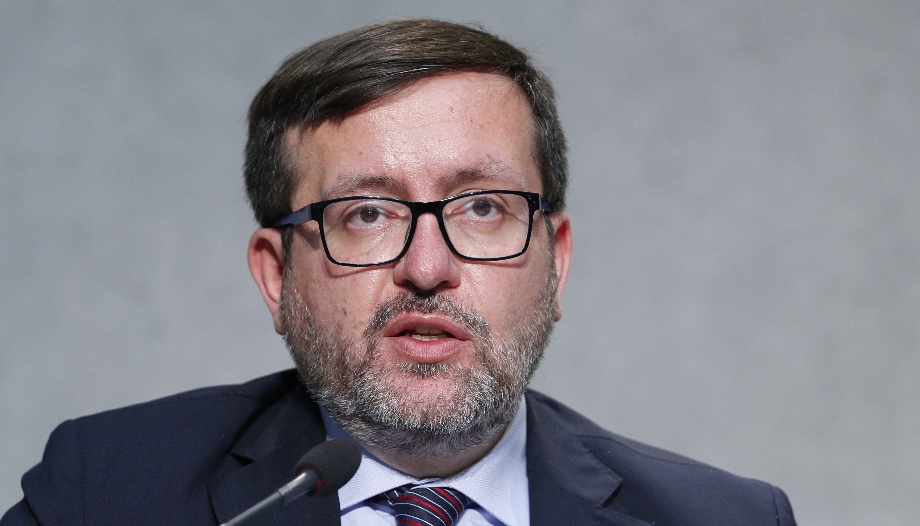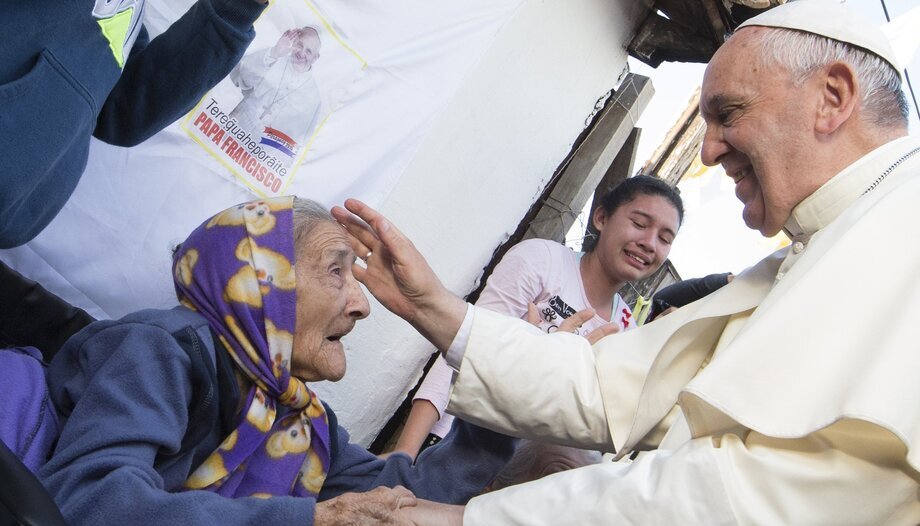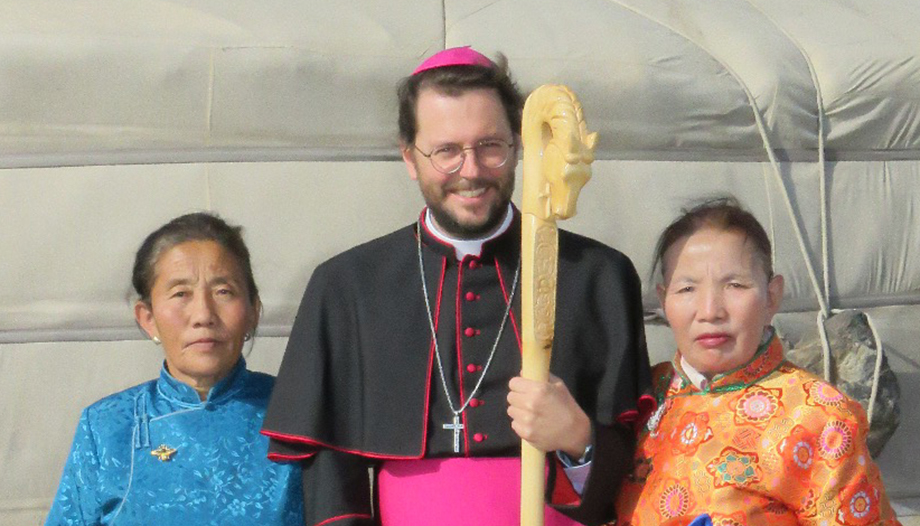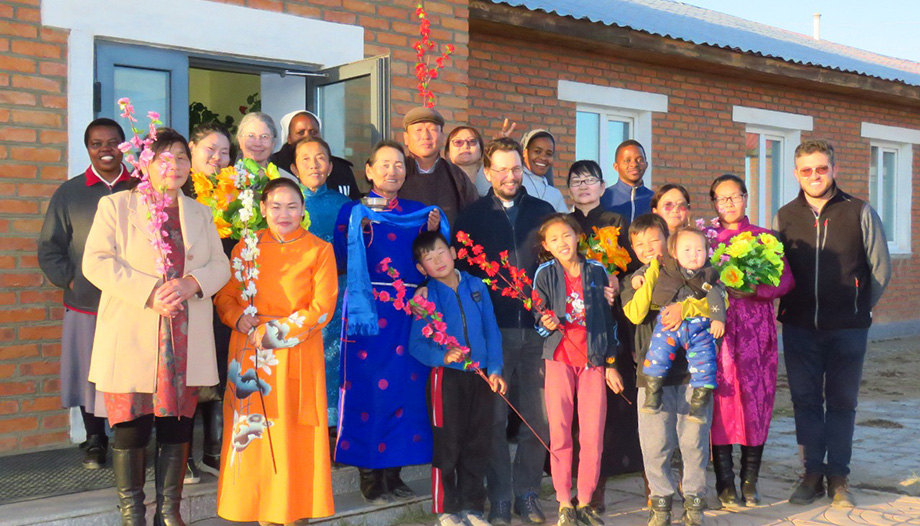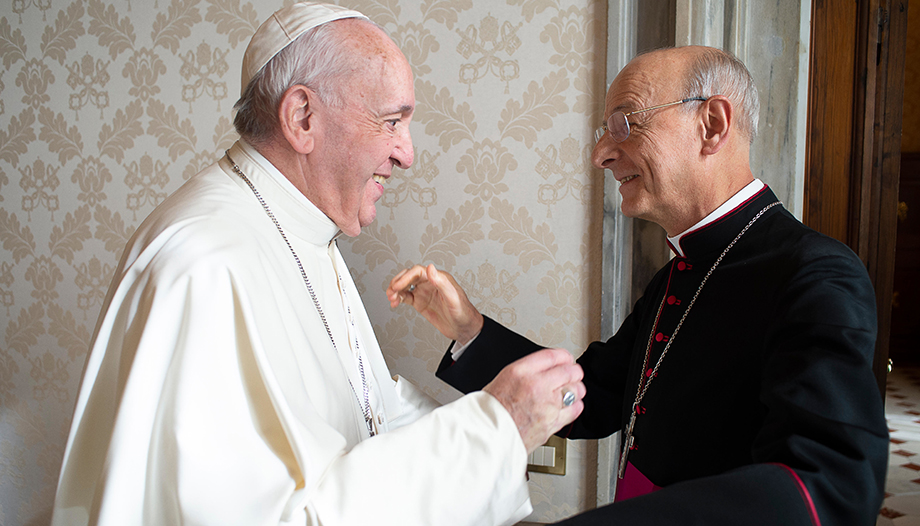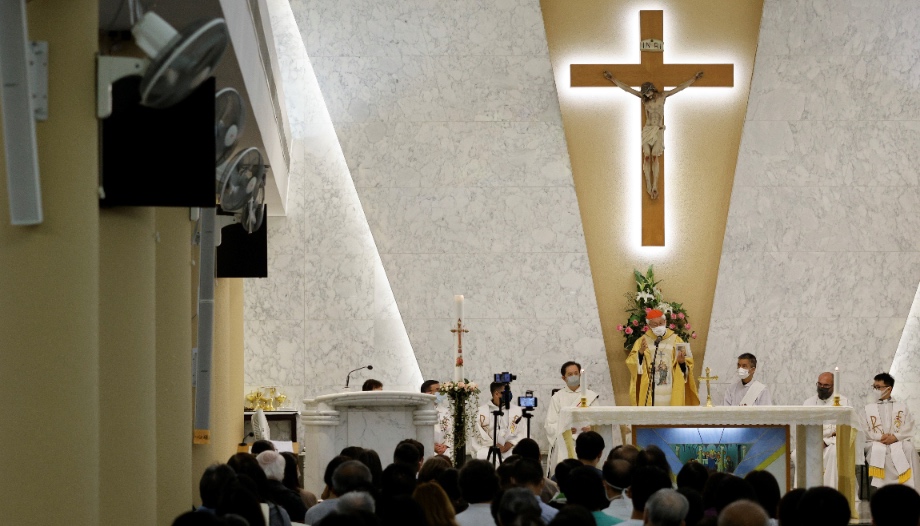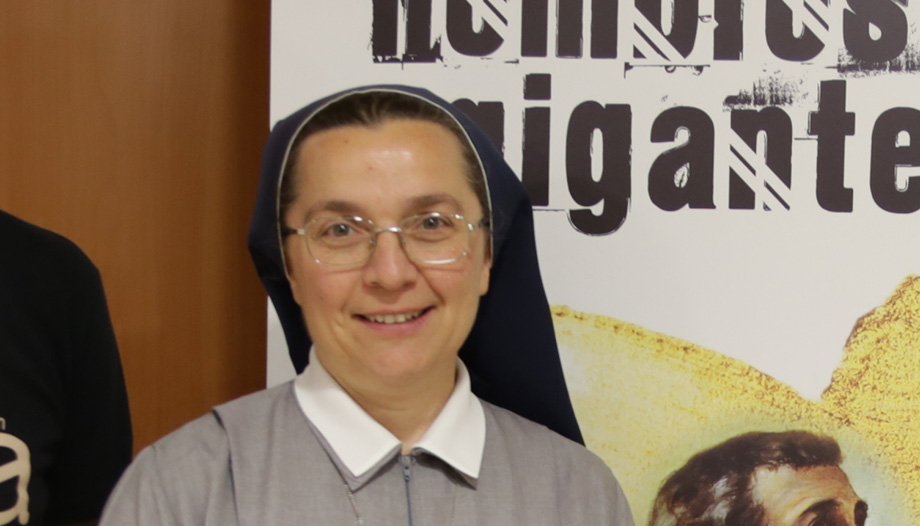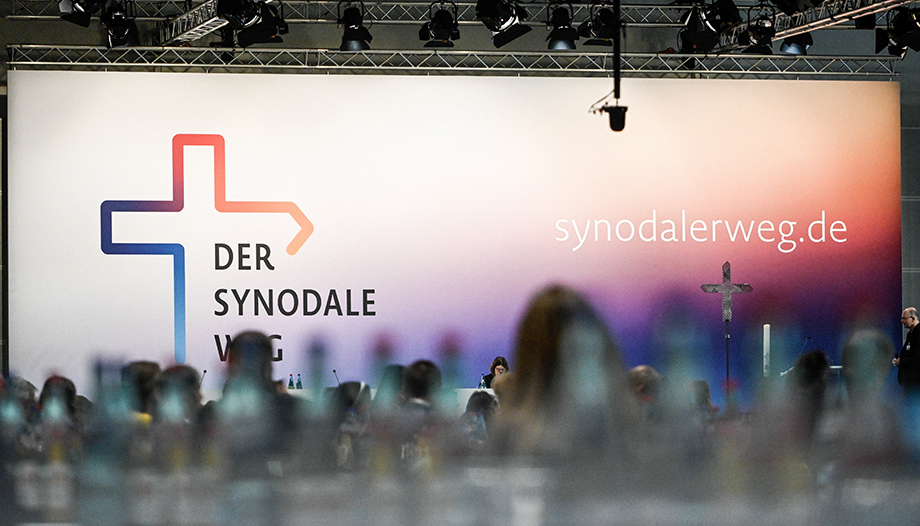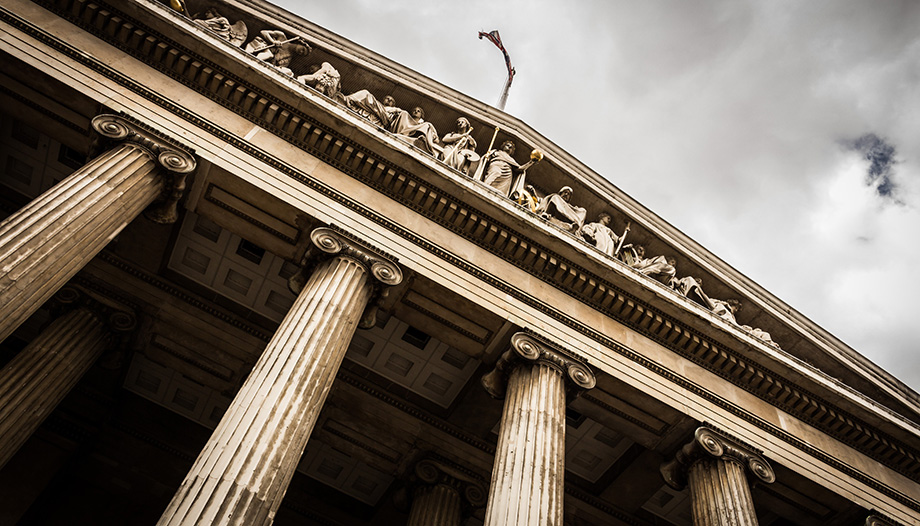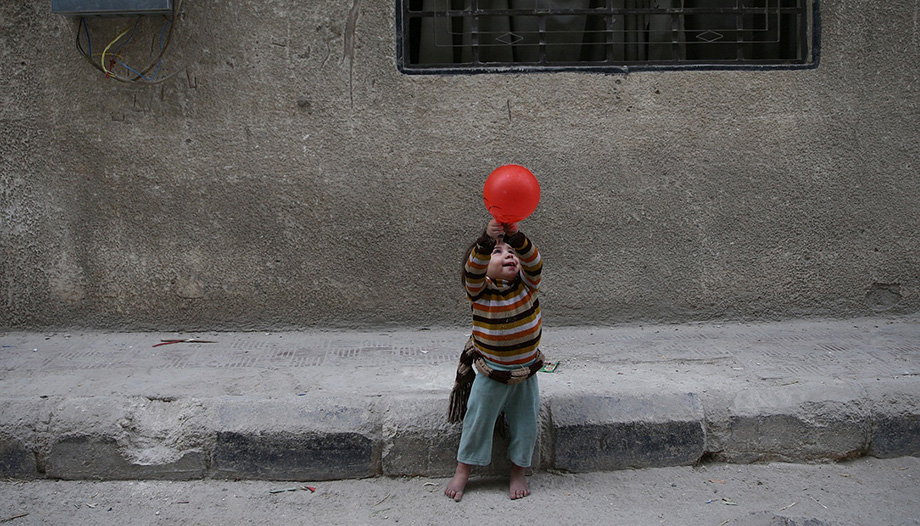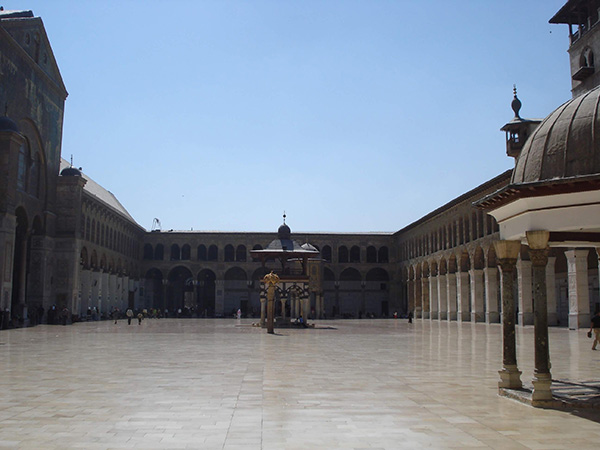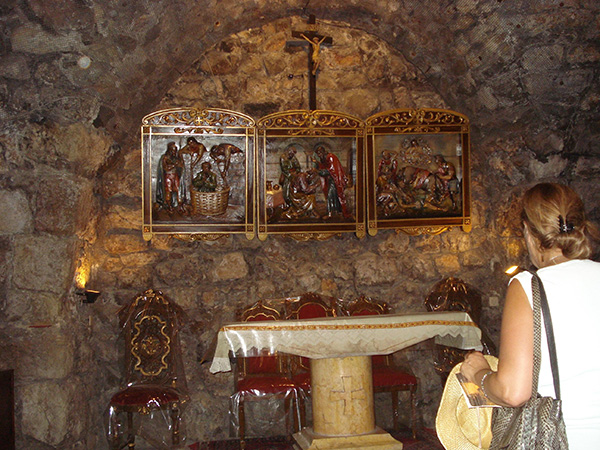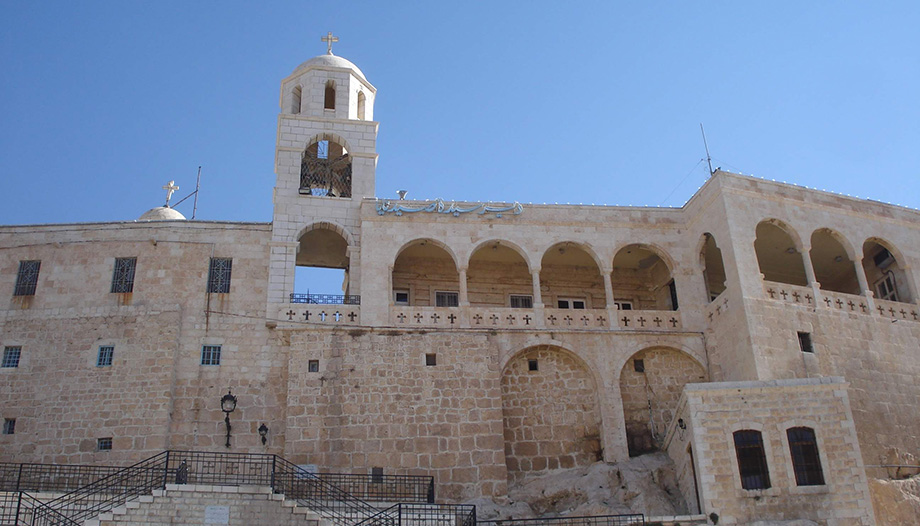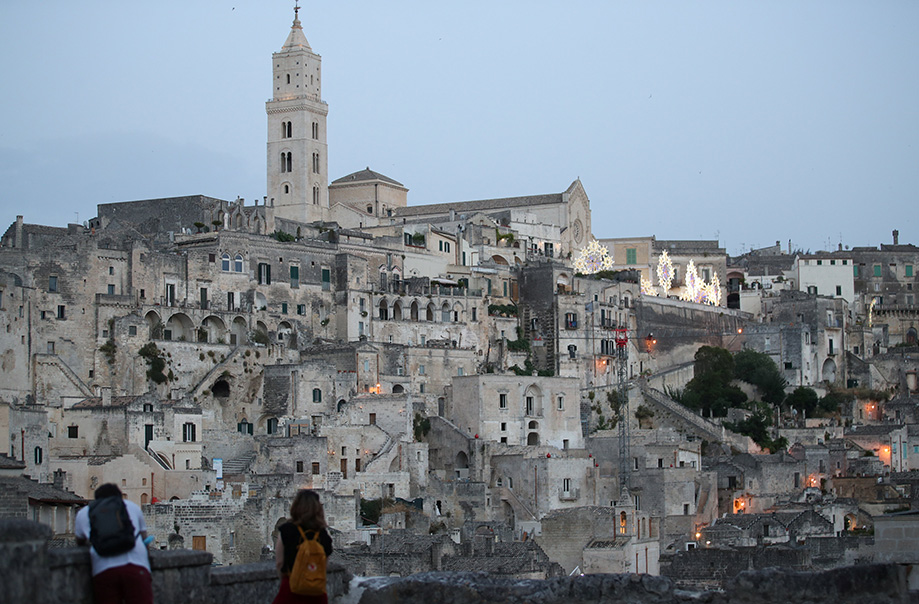Some things can't wait
Gabriel had been lying on the fine golden sand of La Concha beach in San Sebastian for quite some time when he finally saw his friend arrive. He was wearing a swimsuit, a loose-fitting shirt, bear sizeHe was carrying a backpack on his shoulder, if you could call it that, and he had a backpack over his shoulder. The sun had set, the lanterns on the promenade were being lit, and the calm waves of the sea circled in the bay as if they were being drawn by a compass. After spending 12 years surviving together in high school, the separation imposed on them by the first year of college seemed like a decade.
-Man, Iñaki, it's good to see you! You're stronger, hey! I see you've been hitting the gym," shouted Gabriel, as he put his glasses back in their case, laid them carefully on the sand and got up to prepare the attack against his friend, for when he finished going down the ramp of the clocks.
Gabriel jumped on his neck and grabbed him like a crab to drag him to the ground. A funny idea, almost tender, considering that Gabriel was as thin as an asparagus, while Iñaki looked like a gladiator sculpted in bronze. So instead of bending his back, he hung there like a cat hugging a lamppost on the promenade.
-Haha, Gabriel, you don't even tickle me. Let go better, if you don't want me to catapult you into the sea," Iñaki argued while laughing, he convinced him with that and when he was free of him, he counterattacked with a hug that made him crunch, "How are you, big head? Have you read a lot in your double degree of Philosophy and Law? Who sends you to study so much? You should have come to study mechanics with me in Madrid, we really know how to ride there!
They sat down and continued the conversation they had suspended at the end of the previous summer. Hours passed, they caught up on anecdotes and memories, they bathed in the sea (Gabriel had forgotten his towel, but Iñaki, who knew his friend's distractions well, had brought two in his backpack), and when they lay down on the sand again, around midnight, the conversation had climbed to the higher reaches of friendship. Suddenly, the past had been incorporated into the present: laughter and fists, shared dreams and buckets of reality, adventures and punishments; all that accumulated trust gave them a pleasant and safe atmosphere that encouraged them to open their hearts. Without realizing it, Gabriel and Iñaki were absorbed in that confidential conversation that sounded like the whisper of a stream, albeit one with rapids and waterfalls.
-Wait, wait a bit! Let me see if I understand you, let's recapitulate," said Gabriel, raising his hands and pushing the air with them, as if he wanted to contain the avalanche of words coming out of his friend's mouth. You met Sofia at the Prado Museum. When you went in there by mistake, of course.
-I was also interested in art....
-Yes. You met to go out a few times, you fell in love like a fool and for some miraculous reason, she agreed to be your girlfriend. She's from Pamplona, you said?
-Yes, now he is there with his family, but be careful....
-Wait for me, I tell you! In 6 months you had gotten the best girlfriend in Spain, you lucky bastard, and two weeks later you go to a discotheque, have too many drinks and end up hooking up with another girl you didn't know at all. Sofia, of course, found out: she got pictures, and stopped answering your messages. What else could she do? You wrote her every day for a month and ended up throwing in the towel, right, sort of?
-Yes... it was more or less like that. You'll understand me better when you find a girlfriend too: you don't get to know girls by reading and reading. As for me, what can I say... I'm the dumbest guy I've ever met. I'd give my left hand, I'm not telling you to get Sofia back, I don't deserve that, but at least I'd like to be able to ask her forgiveness in person, you know? And it'll be impossible, because tomorrow she's leaving for some social work in Tanzania, then she'll go on to I don't know where; I'd have to look for her in September, if that's what I'd have to do. And I don't know if I'll have the strength to go on living until then...
It was evident that the latter had escaped him, his face had darkened and anguish had taken command of his wild eyes. The atmosphere seemed indifferent to those signs: the air was serene, Santa Clara Island greeted them with its warm streetlights, it was not hot and a fat man walked past them, very comfortable in his bathing suit, but showing such an ostentatious belly that it distracted the two friends, bringing back the memory of the vanilla flan they used to be served on Mondays at school. Thanks to that somewhat unusual pause, Gabriel let in the air his heart needed to think. So, instead of committing the crime of passing on the advice and giving the badge, he had the prudence to dig a little deeper, pretending that he had not heard the last comment, or that it had seemed to him only a literary figure who drank from Romanticism.
-Why did you drink too much at the disco?
Iñaki was surprised and looked at his friend with a certain admiring amazement. He had not told anyone about the causes, not even himself.
-He was running away.
-Whose?
-Whose is it going to be? From me.
-Why?
-Well, man, what am I going to tell you... out of fear.
Gabriel turned his gaze skyward. He knew he could not ask any more questions, he had no right. His friend's conscience was sacred ground, and in front of it he had to take off his sandals. In such cases it was better to pretend to look at the stars and wait.
-Okay, I'll tell you. You're good at getting things out of people, do you realize that? It's no big deal, don't think I'm very original... When we left school the decline began. I was doing well at school, you know that mechanics is my thing. The problems fell on me at night, when I was alone with my cell phone in the room of the apartment.
Iñaki interrupted himself to take a deep breath with some eagerness. He wanted to talk, but he was having trouble putting his thoughts together. He picked up a handful of sand and began to release it onto the palm of his other hand in a trickle. As he repeated the motion, he returned to his story.
-I lost a lot of money with online gambling. Yeah, it's a shame. Don't judge me, huh? It's pitiful. I was trying to win back and losing more... I don't want to go into details, but it's been a horrible few months. If it wasn't for my father, who gave me a good shake when he found out I was living badly in Madrid, right now I'd be dominated by that addiction. It sucks. You will laugh at me, but I still get some of the scars of that war and I feel ashamed, I have a mood that would knock down a camel!
-I can see that you were affected by it.
-Besides, I stopped going to Mass, first out of laziness, I suppose, but then other sins began to pile up on me and the idea of going to confession became more and more burdensome. When I met Sofia and we started going out, she would invite me to Sunday Mass and I wanted to go just to be with her, to look at her blonde hair, her noble forehead, her shiny little arms, but pride got the better of me, I didn't have the courage to face my conscience! I told her that I needed to study. Come to think of it, it was a lousy excuse, study, me, on a Sunday?
-The pretext is bad, you're right about that," Gabriel tried to joke, but Iñaki paid no attention to him.
-Have you ever felt that you know what you have to do, but you just can't muster the strength to do it? Yes? Well, it's been hard for me to get my head up," he sighed and left the sand to put a hand to his chin. It's funny, I haven't told this to anyone... And while I'm telling you about it, my attitude seems ridiculous, almost childish.
-I follow you.
-I knew my limits, you know what I mean? If I'm honest, I'm not so sure life is worth living anymore.
-Let's not get dramatic! -Gabriel interrupted him with an outburst. I know a priest. Let's go see him now and go to confession. You recommend it and that's it, it's that simple!
-Haha, man, what do you say? It's almost 1:00 in the morning. We're not going to wake up a poor priest at this hour.
-Some things can't wait. He told me so himself some time ago. Besides, tomorrow you will have to travel to Pamplona to apologize to Sofia in person before she leaves for Tanzania. Come on, follow me! -said Gabriel vehemently as he jumped to his feet. He put on his shirt and put on his espadrilles; he moved with such aplomb that Iñaki imitated him mechanically, perhaps thinking that the time had come to return home.
They walked a half hour up the hill, arguing loudly, hoping that the windows of the houses were thick enough so that the neighbors would not wake up.
-I don't confess! -Iñaki shouted, with less and less conviction. -I'll leave you there at the Colegio Mayor and go.
-Do whatever you want, dammit! -Gabriel answered, giving him no respite and accelerating his pace. -At least let me confess," he added in a moment of inspiration.
They arrived at the Colegio Mayor where the priest lived. The gate was closed, the lights were off, not a soul on the street. They rang the doorbell. Iñaki was nervous and wanted to leave; he grumbled, he had already decided to leave confession for another day. Gabriel rang again. Suddenly, a man in a robe and with the face of an anesthetized zombie came out, who listened to the explanation with the same strangeness he would show if he were receiving ambassadors from Mars.
-A priest, now? -He snorted, "Okay, come in," he concluded without waiting for an answer. He opened the gate for them, left them in the visiting room and went upstairs to wake the priest.
The priest was a young man, nice and athletic, who got up instantly, fastened those endless buttons on his cassock, washed his face and went down to the foyer. When he recognized Gabriel and saw his friend next to him, he sensed what it was all about and smiled.
-Sorry for the hour, ahem... can you confess? -asked Gabriel, who had suddenly become very shy.
-The young priest pulled a purple stole out of his pocket as a magician pulls rabbits out of a hat, and they went to the confessional at the entrance of the chapel.
Five minutes later, Gabriel came out laughing. Iñaki, without looking up to avoid the risk of meeting his friend's eyes, entered the confessional as well. Ten minutes later, the priest returned to his room to continue sleeping with the little angels, and Iñaki entered the oratory to pray the Hail Marys that had been imposed on him as penance.
Upon returning to the lobby, Iñaki wiped with the cuff of his shirt a tear that had remained under his eye and looked at Gabriel, who was standing waiting for him trying to conceal his expectation.
-We are going to celebrate, aren't we? -Iñaki asked, as if it were the most normal idea in the world.
Gabriel smiled with relief. They found a bench with a good view of the bay and drank some cans of Coca-Cola that Iñaki had stashed in his backpack.
The next morning, Iñaki bid a fond farewell to his parents (it had been years since he had embraced them so warmly) and set off on his motorcycle, his heart sizzling with clean, oxygenated love, on his way to Pamplona. Come on, Sofía, if God forgave me, you will have to be merciful to me too," he shouted on the road. She was going fast, she felt like she was flying through the clouds, she had never felt so eager to live as she did then, so much to discover, so much time wasted, let's go ahead and conquer the world! But in the right lane a huge truck was moving forward and its route was zigzagging... Iñaki accelerated to move away, the truck did the same, they reached a sharp curve, the asphalt was wet from a recent rain, the truck tapped the rear wheel of the motorcycle and bang, the accident was terrible!
The funeral was in the church of Our Lady of the Choir. Gabriel was in the fourth row, accompanied by his parents; there he held on until the end, holding back tears, wondering why, fighting a new and volcanic kind of pain that burned him from the inside.
On the way out, a blond-haired girl with a noble forehead, wearing a black dress that revealed two shiny little arms, introduced herself as Sofia. As she had traveled alone, Gabriel's parents invited her to accompany them to the funeral in their car. They made the trip in silence. When the second ceremony was over, Gabriel waited for the people to leave and asked to stay a few minutes with Iñaki's grave. His parents and Sofia accompanied him, keeping a few meters away.
-This should not have happened to you, Iñaki. Not to you," his voice was cut off. He decided to leave the conversation for the next day, for the moment he would have to limit himself to the essentials. I suppose you want me to tell Sofía -she felt alluded to and approached him cautiously, with dignity, to stand beside him-, on your behalf, that you were traveling to Pamplona, like a man, to ask for her forgiveness.
Sofia blanched and opened her eyes wide. Gabriel hugged her and repeated those words. She nodded, her cheeks flushed, and let herself be sheltered by his shoulder. Then she went back to where the parents were and asked them for a handkerchief.
Gabriel stood there for a few more minutes, looking at the tombstone, as if he were having a mental conversation with his friend. At the end he gave a half-smile.
-Shall we go? -he said, turning to his parents and Sofia, "I'll buy you a Coke.
The authorJuan Ignacio Izquierdo Hübner  Jesús Díaz Sariego, OPThe vocational shortage can be an opportunity to take up the Gospel ".
Jesús Díaz Sariego, OPThe vocational shortage can be an opportunity to take up the Gospel ". Beauty and transforming power of the Gospel
Beauty and transforming power of the Gospel Proclaiming the Gospel, from the very beginning
Proclaiming the Gospel, from the very beginning











